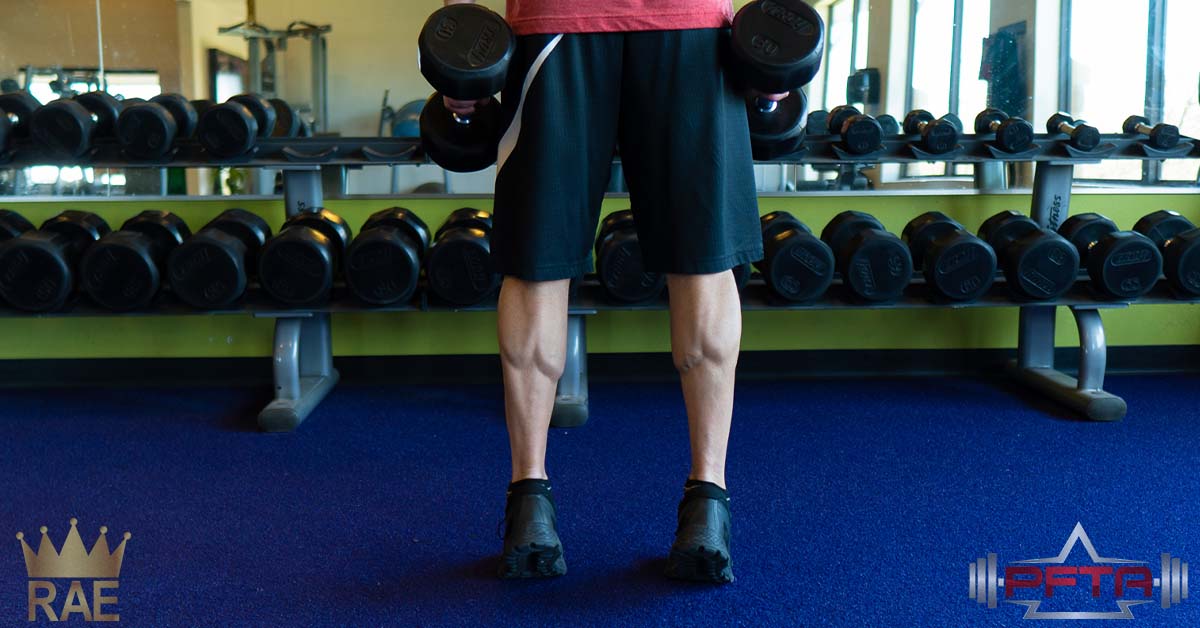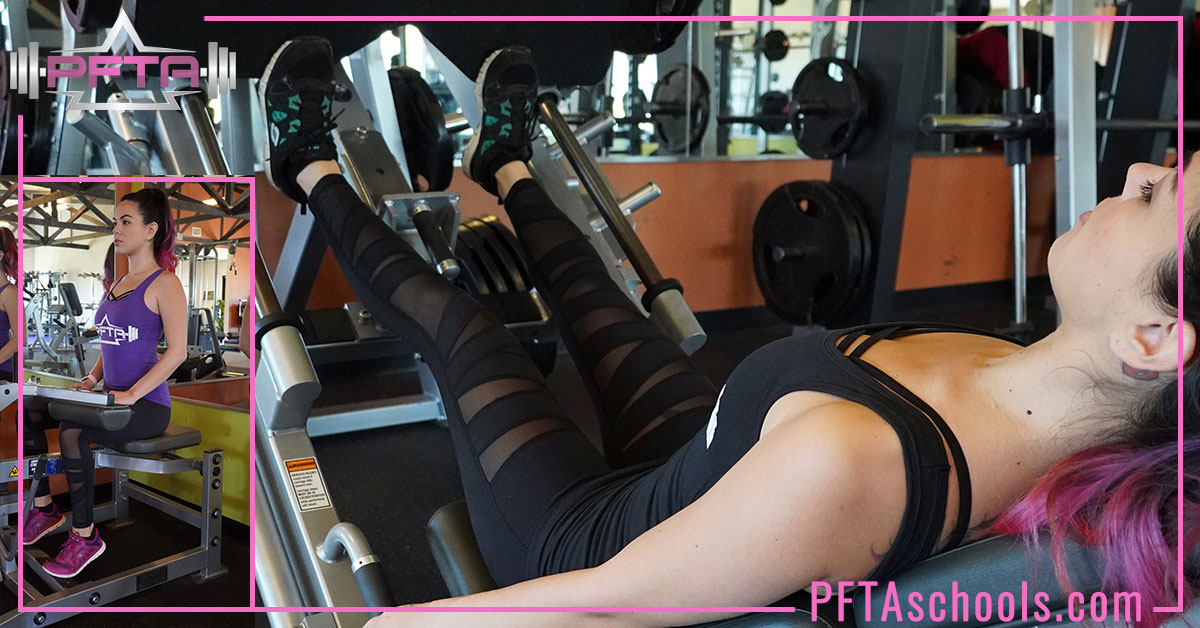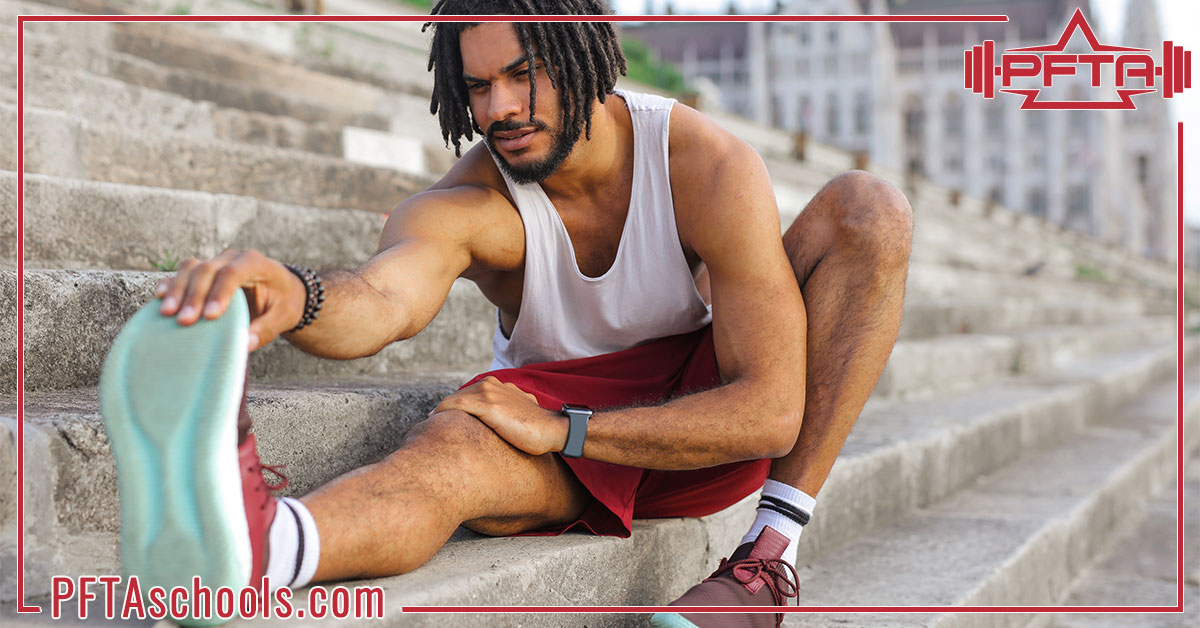How to Exercise Your Lower Leg
The glutes, quads, and hams get a lot of attention and deservedly so. Those muscles do most of the "leg work." But don’t forget the lower leg. Today, we’re talking about three or four muscles you should hit at least once a week to achieve muscular balance in your total body but especially your lower leg.

Gastrocnemius
This is the big calf muscle, or, should I say calf muscle(s). The gastrocnemius is comprised of two parts: the lateral head and the medial head. The gastrocnemius lateral head and medial head make up two-third of the triceps surae. No NOT the tricep that's in your upper arm, the triceps surae is three muscles in your lower leg. The two gastroc muscles plus the soleus muscle make up what we call the triceps surae. More on the soleus later, but for now, let's talk about the two gastroc muscles. Together, the two gastrocs form the monster lower leg muscle that you see flexed in the mirror all the time. Or if you like wearing heels, the little ball of muscle that appears contracted all day long. The primary joint action for the gastrocnemius is plantar flexion. Plantar flexion is the movement you perform when you are doing calf raises. Incidentally, plantar flexion is also the move you are doing when you walk in heels all day long. If you want bigger calves, keep performing plantar flexion with all your leg days. But the gastrocs just don't carry out plantar flexion, the gastrocs are also assistors in knee flexion. That's correct...the gastrocs help out your hamstrings when you're doing leg curls. Every time you perform a set of leg curls, your gastrocs are also getting in some work. Want to change up your routine? I would recommend leg curls immediately followed by calf raises to really stress out those calves! Furthermore, because the gastroc is a bi-lateral muscle, the best way to attack the gastroc is to do calf raises with a straight leg. You can perform calf raises with dumbbells as seen above.
More Exercises
You can also perform calf raises with a leg press machine as seen below. Seated calf raises (inset below) are great for soleus muscle, but to get a full range of motion on your gastrocs, keep your legs fairly straight, just short of locking them out. Finally, don’t worry about pointing your toes in or out. Perform your calf raises with your toes pointed forward. There are some who believe that pointing your toes may target the lateral head or the medial head; but there’s doesn’t seem to be enough evidence to support this hypothesis for now. If this changes, we'll be sure to update this article.

Soleus
The third muscle of the triceps surae is the soleus. It’s the smaller, lower muscle beneath the gastrocnemius. If you don't know how to locate it, please get with a personal trainer or a PFTA instructor so they can assist you. This muscle is uni-lateral, so it does not cross the knee joint like the two gastroc muscles. If you remember above, the gastrocs cross the knee joint and assist with knee flexion; but, the soleus does NOT assist with knee flexion. The sole purpose of the soleus muscle is plantar flexion. For this reason, seated calf raises (inset above) will emphasize more soleus that it will gastrocnemius. Signorile et al. (2002) was able to show that having your knee bent at 90 degrees in a seated calf raise would produce a better recruitment of the soleus muscle than having your knee at 180 degrees. But on the contrary, keeping your knee at 180 degrees will work the gastric muscles more than the soleus muscle. In practical terms, this means that the seated calf raise is best for the soleus muscle while standing calf raises is best for the gastroc muscles. This also means that you should try and work in both exercises into your leg days. But if you don't do both exercises on the same day, make sure you alternate between the two. The easiest thing to do is to perform a set of leg presses quickly followed by a set of calf raises as our student did above.
Tibialis Anterior
The last muscle we’ll talk about today is located on the anterior lower leg and is the muscle that is responsible for dorsi flexion. This is the forgotten brother of the lower leg family. But, the tibialis anterior is important and therefore should have a place in your leg day. Want to prevent shin splints? Then you’ve come to the right place. Shin splints is an overuse injury that normally occurs on the tibialis anterior. This occurs when you add too many miles too quickly to your exercise program. Shin splints may also occur if you run with improper footwear or you have muscular imbalances. Once you develop shin splints, it is best to rest, massage, apply ice when necessary, and start a strength training program to rebuild your muscles stronger than before the injury. A great exercise to strengthen your tibialis anterior is toe taps. Take turns tapping your foot/toes on the floor while your heel is elevated. Start with three sets of 20 to 30 reps and increase when that becomes easy. Later, you can increase the intensity by adding a band for resistance. Again, get with a personal trainer or a PFTA instructor for more cues on strengthening your tibialis anterior. Your shins will be glad you added this exercise into your repertoire.

Summary
As you have come to understand, it’s important to hit all the muscles of the lower leg along with all the big muscles up top at least once a week. This method will ensure that you’re not creating muscular imbalances in your body which may lead to injury. In addition, as with all weight training and cardio programs, make sure you warm-up properly before exercising. Proper warm-ups is a great step to preventing shin splints and other injuries as well. Furthermore, all those weight training exercises will be for naught if you’re not getting enough protein. If you have questions on protein, make sure you read our article on eating the Right Amount of Protein for you needs. For other featured muscles, check out our articles on the Best Pulldown Exercises for Your Lats and the Shoulder Workouts for All Three Deltoid Muscles. Remember, knowledge is power! Happy health and happy training!!
Knowledge is Power
Want to learn more? These articles are NOT just for personal trainers...they're for EVERYONE! Subscribe below to receive more articles in your email inbox. You'll also get the occasional coupon code for our SHOP.
Or if you want to speak to a personal trainer about your fitness goals, CLICK HERE.
Written By
RAEscobar, PFTA instructor and personal trainer
Sources:
Signorile, Joseph F., et al. “Selective Recruitment of the Triceps Surae Muscles with Changes in Knee Angle.” Journal Of Strength And Conditioning Research, vol. 16, no. 3, Aug. 2002, pp. 433–439.